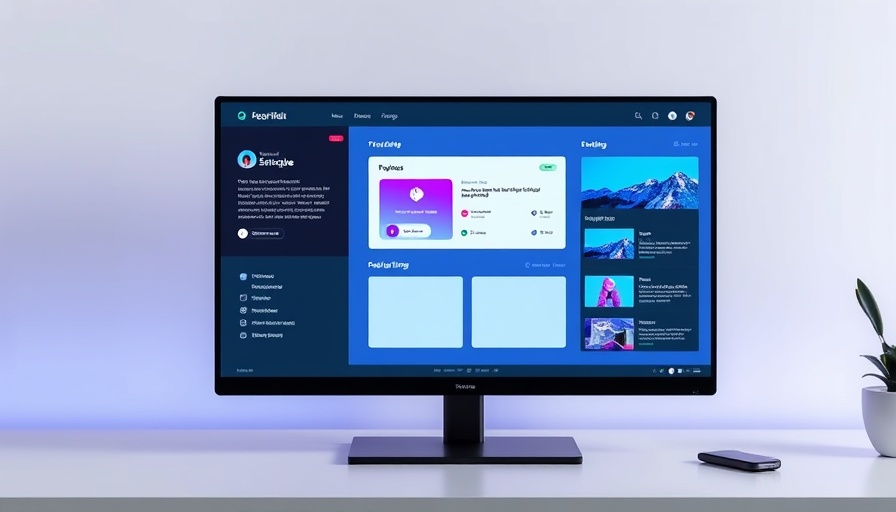
A Comprehensive Guide to Securing Your WordPress API Endpoints
If you're leveraging the power of the WordPress REST API, securing your custom API endpoints is not just a good practice—it's an outright necessity. The very nature of APIs allows external applications to interact with your WordPress site, presenting both a world of possibilities and a plethora of potential vulnerabilities. Here, we'll discuss essential strategies to protect your API endpoints from being exploited by malicious actors.
What Exactly is the WordPress REST API?
The REST API, a core feature of WordPress since version 4.7, serves as a standardized way for developers to communicate programmatically with WordPress. This includes operations such as retrieving or manipulating posts, users, and even custom content types without having to log into the WordPress dashboard. By understanding its mechanics, you can better appreciate the importance of security measures.
Why Secure Your API Endpoints?
Every open door in the form of an API endpoint potentially invites attackers. Insufficient security can lead to data breaches, unauthorized data manipulation, and more practically, downtime. Keeping your application robust is vital in today’s digital landscape, where data security concerns are at an all-time high.
Essential Tips for Securing Your Custom API Endpoints
Here are some crucial steps to enhance the security of your WordPress API endpoints:
- Update Regularly: Always ensure that your WordPress core, plugins, and themes are up-to-date to avoid known vulnerabilities.
- Implement SSL/HTTPS: This secures all transmitted data, protecting it from being intercepted.
- Optimize Site Speed: A fast site enhances user experience and decreases the risk of timeouts, especially during high traffic or denial-of-service attacks.
- Set Up Custom User Roles: Limiting what users can do based on their roles can significantly reduce exposure to potential abuse.
- Validate and Sanitize Input: Ensure that all inputs are checked for malicious content, preventing harmful scripts from being executed.
- Utilize Authentication Methods: OAuth or API keys can securely manage access to your endpoints, ensuring only authorized requests are processed.
- Implement Rate Limiting: This mitigates the risk of brute-force attacks by limiting the number of requests that can be made to your API in a specific timeframe.
- Use Security Headers: Adding headers such as Content Security Policy (CSP) protects user data and restrictions on resource access.
- Monitor and Log Activity: Regular logs can help you keep track of access patterns and detect unusual activity.
- IP Whitelisting: Allow only trusted IPs to access sensitive endpoints, adding an additional layer of security.
Understanding API Endpoints and Their Risks
API endpoints act as the distinct URLs that serve as the doors to your data and functionalities. They can expose sensitive data and, without robust safeguards, they become targets for malicious activity. Understanding your endpoint structure is crucial in protecting your site, as poorly configured endpoints can provide access to everything from user data to settings.
Preparing for Potential Threats
Consider this: the best offense is a good defense. Regularly auditing your API methods, checking for deprecated features, and being aware of current vulnerabilities in the WordPress ecosystem can help you stay ahead of potential threats. As technologies evolve, so too do the tactics of those looking to exploit weaknesses, which calls for a proactive mindset in security.
Conclusion: Building a Security-Conscious Workflow
By implementing these best practices to secure your WordPress API endpoints, you safeguard not only the integrity of your data but also the trust of your users. In the dynamic landscape of web development, a well-secured API is foundational. Start today: reassess your API structure, integrate these security measures, and stay vigilant against the ever-evolving digital threats.
 Add Row
Add Row  Add
Add 




Write A Comment